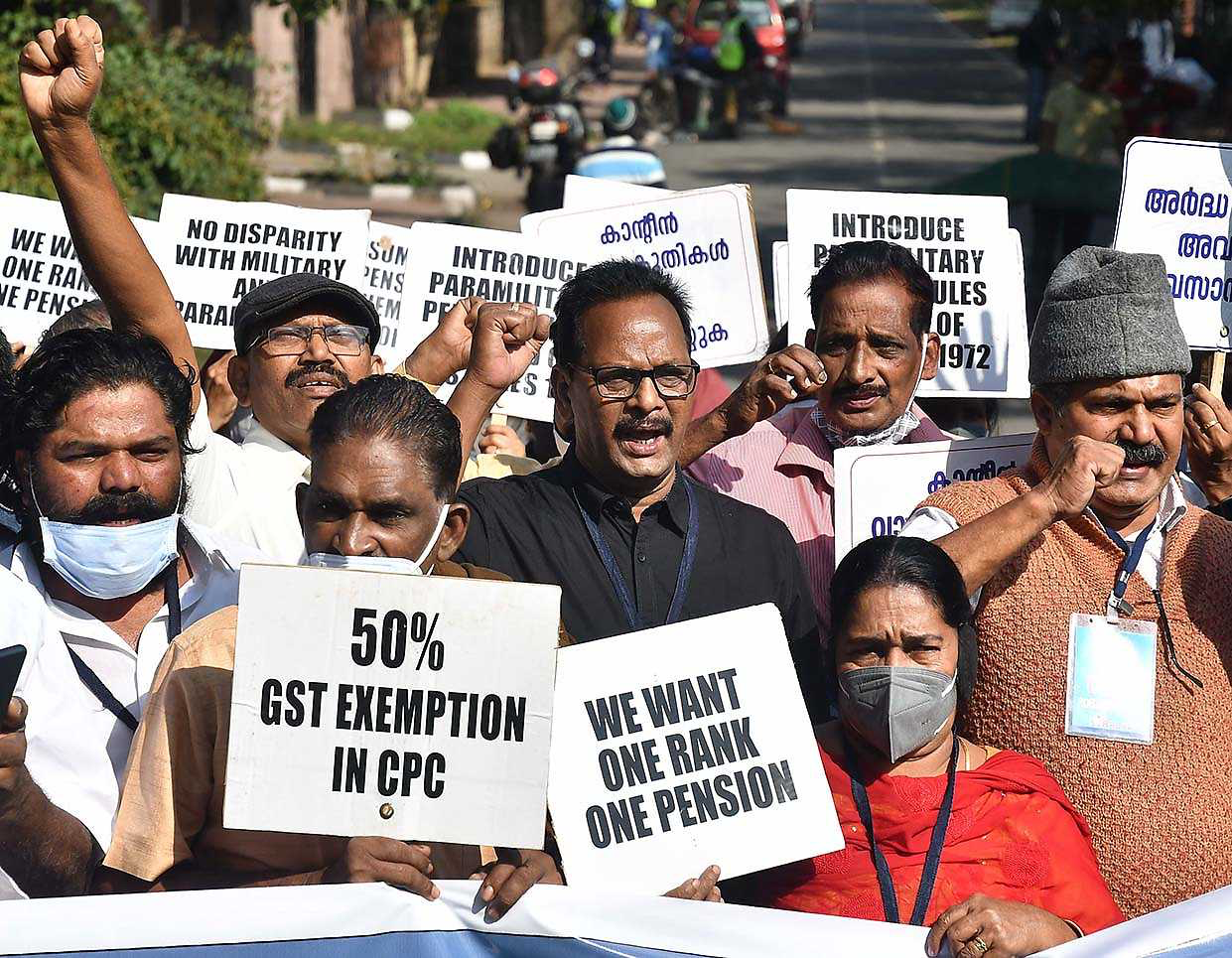Free Courses Sale ends Soon, Get It Now


Free Courses Sale ends Soon, Get It Now



Copyright infringement is not intended
Context: The Union Cabinet approved a pension revision for retirees from the armed forces and their families under the One Rank One Pension (OROP) scheme, which has been delayed since July 2019. Arrears will be paid from July 01, 2019, to June 30, 2022, which is approximately ₹23,638 crore as per the applicable dearness relief, the Defence Ministry said.
Details:
About one rank, one pension (OROP):
Arguments in favor of OROP:
Arguments against OROP:
https://epaper.thehindu.com/Home/ShareArticle?OrgId=GK3AM06RK.1&imageview=0
© 2024 iasgyan. All right reserved